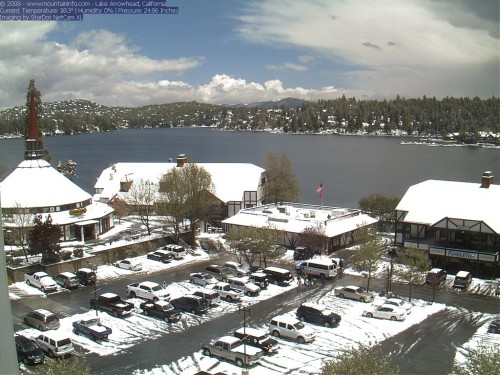Beginning on January 1, 2010, manufacturers in the US were not allowed to make any new refrigeration or air conditioning equipment that was pre-charged with R-22. Originally, the EPA had written in that not only would no new equipment be allowed to be manufactured with R-22 in it, but no replacement parts would be allowed to be sold for the existing systems.
This gave everyone in my industry (HVAC) a huge gasp – there are literally tens (hundreds?) of millions of systems installed across the United States that have R-22 in them – everything from your household window air, to a central air conditioner, to the reach in coolers at a convenience store, to a beer tap cooler, to industrial chilling processors. The industry had to (at much time and expense) heavily lobby EPA to get this part of the law written out. It was a huge sigh of relief for everyone when this part of the laws was written out. What were we (I run an HVAC wholesaler) to do for warranty if an R-22 unit took a dump? Replace the whole thing instead of a tiny component?
The major manufacturers all knew of the impending January 1, 2010 deadline and had fully converted their manufacturing processes to making units that were pre-charged with the new environmentally friendly refrigerant, R-410a (R-410a is used primarily for air conditioning purposes and I will limit this discussion to that to keep it simpler). This includes all manufacturers of hotel units, window air conditioners, and central air conditioners (I am certainly leaving out some).
Since R-410a involves higher operating pressures than R-22 (significantly higher), technicians were forced to have training to use the new chemical, and buy all new tools to handle the higher pressures. Many were also forced to buy new torch sets. With the old R-22 you could soft solder the joints – with R-410a and the higher pressures that it brings, everyone that wasn’t brazing with 15% silver was forced to do that. Distributors such as myself had to invest a lot of time, energy and money into training our customers so they would use the correct lubricants (those changed from mineral to ester oil), techniques and methods to selling and installing the new R-410a units. Part of the training was to show our customers (hvac contractors) how to educate homeowners about the new refrigerant, and why their broken down air conditioner would require a complete system change out since the old components were not compatible with the new R-410a components.
BUT…

